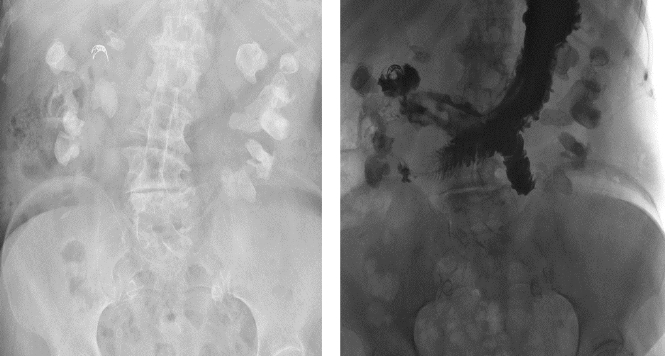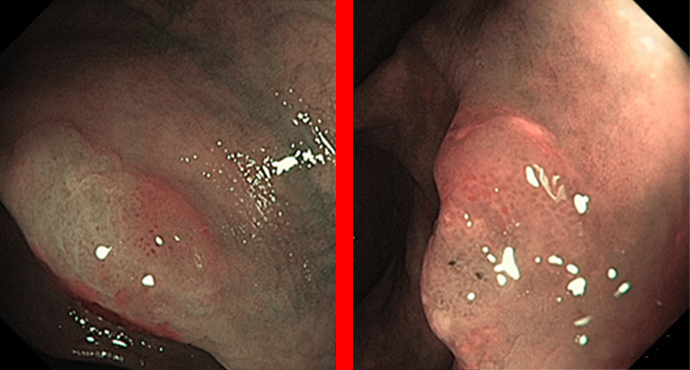Single U.S. Center Reports High Rates of Screening Colonoscopy in Older Patients With Low Life Expectancy: Low Yield and Very High Complication Rates
Douglas K. Rex, MD, MASGE, reviewing El Halabi J, et al. JAMA Intern Med 2023 Apr 3.
The U.S. Preventive Services Task Force recommends that the decision regarding whether to screen persons aged 75 to 85 years for colorectal cancer be individualized and that screening should not be performed in persons older than 85 years of age.
In a single, major U.S. academic center, 7067 patients older than 75 years underwent screening colonoscopy during the study period of 2009 through 2022. The percentage of patients with a life expectancy of fewer than 10 years who still received a colonoscopy was 30% of 76- to 80-year-olds (39% of men and 23% of women), 71% of 81- to 85-year-olds, and 100% of 271 patients older than age 85.
Overall, 56.6% had normal colonoscopy results, 37.7% had a nonadvanced polyp, 5.7% had advanced neoplasia, and 0.2% had cancer. Of the 15 patients with cancer, 9 had a life expectancy of fewer than 10 years, and only one received treatment. Four of 6 patients with a life expectancy of at least 10 years underwent treatment.
Serious adverse event rates that developed within 10 days after colonoscopy, including hospitalization for at least 10 days, admission to the intensive care unit, or need for surgery or a repeat procedure, were 2.42% for 76- to 80-year-olds, 3.92% for 81- to 85-year-olds, and 11.07% for those older than 85 years. The respective perforation rates for these 3 age groups were 0.52%, 1.95%, and 3.69%.

COMMENTMultiple recent reports have emphasized the overuse of colonoscopy in older patients and the higher risk of complications. Part of the problem is the lack of simple tools to calculate life expectancy in the clinic. These data suggest that life expectancy calculation before screening procedures in older patients should be simplified and performed systematically.
The perforation rates reported here are very high and suggest that colonoscopy in older patients, when needed, might be best performed by experts. In my opinion and experience, much lower rates of perforation in older patients are achievable by use of thin scopes and water filling during insertion, particularly when sigmoid diverticular disease is present.
Note to readers: At the time we reviewed this paper, its publisher noted that it was not in final form and that subsequent changes might be made.
CITATION(S)
El Halabi J, Burke CA, Hariri E, et al. Frequency of use and outcomes of colonoscopy in individuals older than 75 years. JAMA Intern Med 2023 Apr 3. (Epub ahead of print) (https://doi.org/10.1001/jamainternmed.2023.0435)


